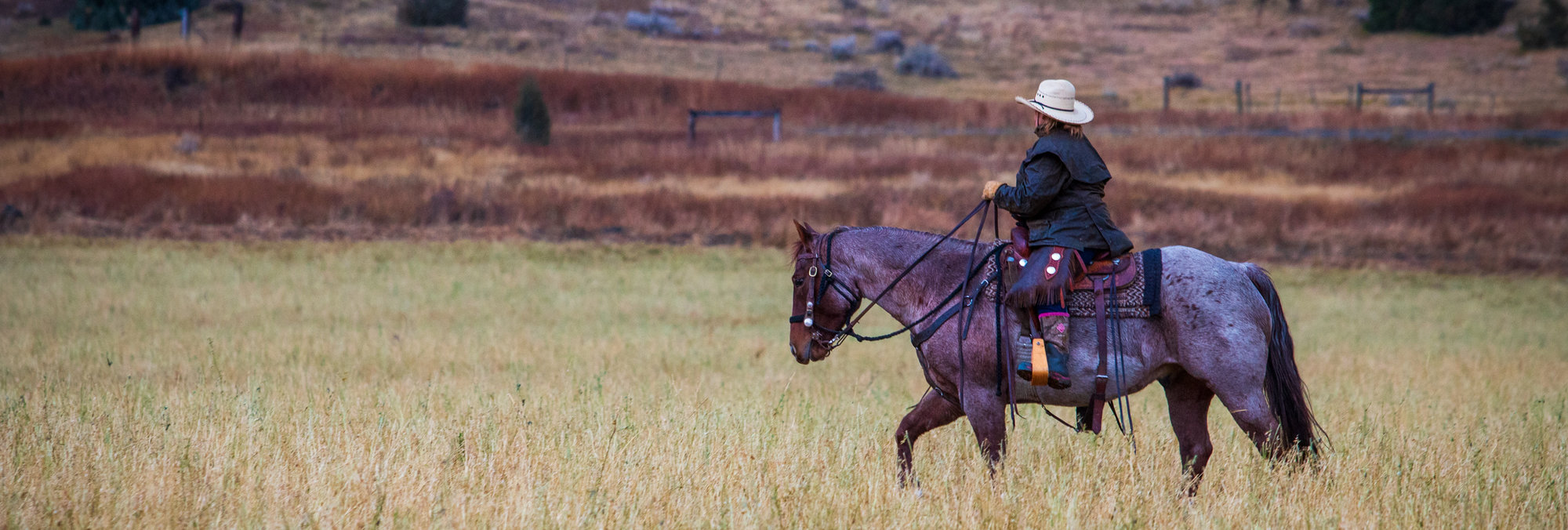
This year, we have partnered with the Theodore Roosevelt Conservation Partnership (TRCP) to identify 6.35 million acres of state lands in 11 Western states sitting landlocked and off-limits unless access is granted by a neighboring landowner. By using onX technology, we have created an analysis of state land access issues, assessing various initiatives by state agencies across the West in the hopes of identifying and establishing new recreational opportunities on these lands. Click to download the report.
In 2018, onX worked with TRCP to identify 9.52 million acres of landlocked federal public lands around 13 Western states. The data from this report was curated to help identify access opportunities, collaborative solutions and increase public awareness of landlocked public lands. Download the report from OnX
How Big is the Problem?
As GPS technology has empowered individual hunters and anglers to locate even the tiniest parcels of public land, there has been growing concern about areas that could be open to the public but are entirely surrounded by private land. Inaccessible state and federal lands represent lost opportunities for Americans to pursue the outdoor recreation we love. So, we wanted to know exactly how big the landlocked problem really is and to identify collaborative solutions to help open more land in the West.
State Lands
As Western territories achieved statehood, the federal government granted each lands from the public estate, with the intention that they serve as a source of revenue to fund public institutions such as schools.
These state trust lands were arbitrarily selected according to where they fell in a grid—new states received one or more designated sections in each six-by-six mile, 36-section townships—resulting in island-like parcels of state lands surrounded by private holdings.
Federal Lands
Landlocked federal lands in the West have resulted from two primary causes. First, in order to subsidize the construction of railroads across the continent, Congress granted railroad companies alternating sections of land on either side of the tracks, breaking the landscape into a checkerboard pattern of public and private lands. Because most state trespass laws do not allow “corner crossing” from one public parcel to another, all such sections are inaccessible without the permission of the adjacent landowners.

Leave A Comment